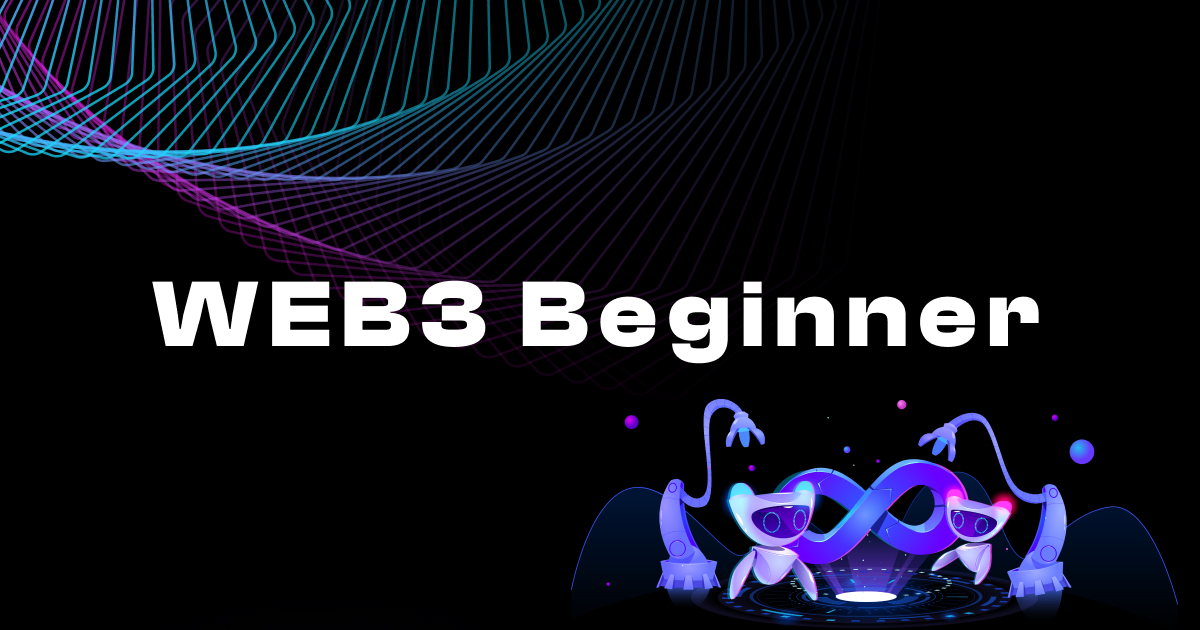Navigating the world of Web3 can sometimes feel like learning a new language due to the specialized jargon and buzzwords used in this field. Here’s a list of common Web3 terms and their explanations to help you get started
Web3 Jargon and Explanations
1. Blockchain
A distributed ledger technology that maintains a permanent and tamper-proof record of transactional data. A blockchain is the backbone of cryptocurrency systems, maintaining a decentralized record of all transactions.
Example: Bitcoin
The original cryptocurrency platform uses a blockchain to record all transactions securely and transparently.
2. Smart Contracts
Self-executing contracts with the terms of the agreement between buyer and seller directly written into lines of code. These contracts automatically enforce and execute the terms of the agreements.
Example: Ethereum
Provides a platform for executing complex smart contracts that power applications beyond simple transactions.
3. Decentralized Applications (DApps)
Applications that run on a blockchain or P2P network of computers instead of a single computer, operate outside the control of a single authority.
Example: CryptoKitties
A blockchain game on Ethereum where players buy, sell, and breed digital cats, each cat being a distinct DApp.
4. Token
A unit of value issued by a project can be used as a medium of exchange within the project’s ecosystem. Tokens are often issued on existing blockchains like Ethereum.
Example: Chainlink (LINK)
A decentralized oracle network that provides real-world data to smart contracts on the blockchain, using LINK tokens for transactions.
5. Cryptocurrency
A digital or virtual currency that uses cryptography for security. Cryptocurrencies are typically decentralized and based on blockchain technology.
Example: Bitcoin (BTC)
The first cryptocurrency that introduced the concept of a decentralized currency secured by cryptography.
6. Non-Fungible Tokens (NFTs)
Digital assets that represent ownership of unique items using blockchain technology, making each token distinct from another.
Example: Bored Ape Yacht Club (BAYC)
A highly popular NFT collection on the Ethereum blockchain, consisting of digital illustrations of apes with various attributes and accessories. Owners of these NFTs gain membership access to a virtual yacht club with exclusive benefits.
7. DAO (Decentralized Autonomous Organization)
An organization represented by rules encoded as a computer program that is transparent, controlled by organization members and not influenced by a central government.
Example: MakerDAO
Manages the Maker stablecoin project and its financial operations are governed by its members through its DAO structure.
8. DeFi (Decentralized Finance)
Financial services with no central authority, which operates in a fully decentralized manner using smart contracts on blockchains, primarily Ethereum.
Example: Uniswap
A decentralized exchange (DEX) that allows users to trade cryptocurrencies directly without an intermediary, utilizing Ethereum-based contracts.
9. Consensus Mechanisms
The process used to achieve agreement on a single data value among distributed processes or systems. Blockchain uses consensus models like Proof of Work (PoW) and Proof of Stake (PoS) to agree on the validity of transactions.
Example: Ethereum (transitioning to PoS)
Originally used Proof of Work (PoW) but is moving towards Proof of Stake (PoS) to increase efficiency and reduce energy consumption.
10. Gas (Ethereum)
A unit that measures the amount of computational effort required to execute specific operations on the Ethereum network.
Example: Gas Fee
Any transaction on Ethereum, like sending ETH or interacting with a smart contract, requires gas to process, with costs fluctuating based on network demand.
Bonus FAQ about Web3 Jargon
Smart contracts can automate the execution of agreements and processes in a transparent, conflict-free way without the need for intermediaries, such as automating payments when conditions are met, or managing the terms of a digital subscription.
Unlike traditional apps that run on centralized servers, DApps run on a decentralized network, typically a blockchain, which increases transparency, security, and resistance to censorship.
DAOs operate through a governance system where decisions are made via proposals and voting by the members. Voting rights are typically proportional to the amount of tokens a member holds or contributes.
DeFi offers financial instruments without relying on intermediaries such as banks or brokers by using smart contracts on blockchains, which can provide faster operations and lower costs.
Consensus mechanisms are crucial for maintaining the integrity and security of the blockchain. They ensure that all transactions and data are validated and agreed upon by all nodes in the network before being permanently added to the blockchain.

